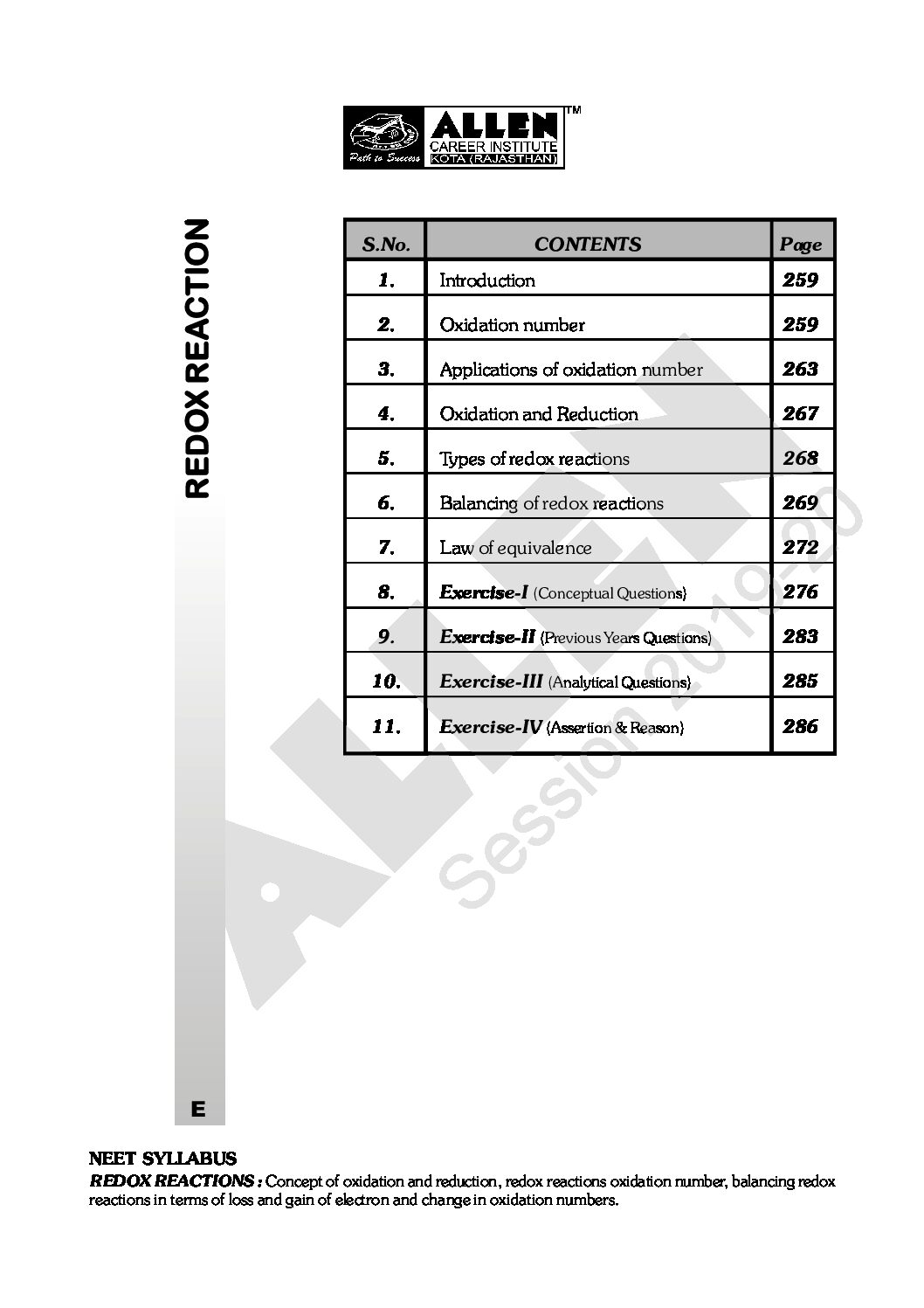

Is Matter Around Us Pure
Class 9 Science – Chapter 2: Is Matter Around Us Pure?
Unlock the mysteries of matter with our comprehensive and easy-to-understand notes on Chapter 2 – “Is Matter Around Us Pure?” This well-structured guide simplifies complex concepts, making learning enjoyable and effective!
What’s Inside?
✅ Clear Definitions & Key Concepts – Understand the difference between pure substances and mixtures effortlessly.
✅ Detailed Explanation of Elements & Compounds – Learn about metals, non-metals, metalloids, and compounds with real-life examples.
✅ Types of Mixtures (Homogeneous & Heterogeneous) – Explained with engaging comparisons and examples like air, alloys, and fruit salad!
✅ Separation Techniques – Explore fascinating methods like filtration, decantation, crystallization, and distillation to purify substances.
✅ Important Diagrams & Tables – Well-structured comparison charts to boost retention and make revision quick.
✅ Tyndall Effect, Solutions, Colloids & Suspensions – Learn how these fundamental concepts are applied in daily life.
Why Choose These Notes?
✔ Easy Language & Exam-Oriented – Perfect for quick understanding and effective revision before exams.
✔ Concise & Well-Organized – Saves time while covering all essential topics.
✔ Boosts Concept Clarity – With real-world examples, science becomes more relatable!
Make your learning stress-free and ace your exams with these amazing, student-friendly notes! Happy Studying!
₹100.00 Original price was: ₹100.00.₹60.00Current price is: ₹60.00.
Payment Methods:
Description
Certainly! Below is an expanded and detailed version of the description, maintaining its engaging and informative tone while extending it to approximately 2000 words.
—
Class 9 Science – Chapter 2: Is Matter Around Us Pure?
Unlock the Mysteries of Matter with Our Exclusive Notes!
Matter is everywhere! From the air we breathe to the water we drink, everything around us is composed of matter. But have you ever wondered whether the matter surrounding us is pure or impure? This fascinating chapter, “Is Matter Around Us Pure?”, helps us understand the nature, classification, and purification of matter in a detailed yet simple way.
Our comprehensive and well-structured notes ensure that students grasp every concept effortlessly while making learning a fun and engaging experience. Whether you’re aiming for conceptual clarity, better retention, or high exam scores, these notes are your ultimate study companion!
—
🔍 What’s Inside?
Our detailed notes cover everything you need to understand, revise, and master this chapter! Here’s what you’ll learn:
✅ 1. Clear Definitions & Key Concepts
Matter: Anything that occupies space and has mass is called matter.
Pure Substance: A material that consists of only one type of atom or molecule and has a fixed composition.
Examples: Gold, Silver, Water, Salt
Impure Substance (Mixture): A substance composed of two or more types of particles that are physically mixed but not chemically combined.
Examples: Air, Milk, Seawater, Sand
Understanding these fundamental concepts is the first step toward mastering this chapter.
—
✅ 2. Detailed Explanation of Elements & Compounds
🔹 Elements: The Building Blocks of Matter
Elements are substances that cannot be broken down further into simpler substances by chemical reactions.
Types of Elements:
1. Metals
Characteristics: Shiny, good conductors of heat & electricity, malleable, ductile.
Examples: Gold (Au), Iron (Fe), Silver (Ag), Copper (Cu)
2. Non-Metals
Characteristics: Brittle, poor conductors of heat & electricity, non-lustrous.
Examples: Oxygen (O₂), Carbon (C), Sulfur (S), Phosphorus (P)
3. Metalloids
Characteristics: Have properties intermediate between metals and non-metals.
Examples: Silicon (Si), Boron (B), Arsenic (As)
🔹 Compounds: When Elements Combine
A compound is formed when two or more elements chemically combine in a fixed proportion.
Examples of Compounds:
Water (H₂O) → Formed from Hydrogen & Oxygen
Carbon Dioxide (CO₂) → Formed from Carbon & Oxygen
Sodium Chloride (NaCl) → Formed from Sodium & Chlorine (Table Salt)
Key Properties of Compounds:
✔ Fixed Composition → The ratio of elements is always constant.
✔ Different Properties → A compound’s properties differ from its individual elements.
✔ Cannot Be Separated Easily → Requires chemical methods to break down.
—
✅ 3. Types of Mixtures (Homogeneous & Heterogeneous)
🔹 Homogeneous Mixtures: Uniform Composition
In homogeneous mixtures, the components are uniformly distributed throughout, making them appear as a single phase.
Examples:
Saltwater – Salt is evenly dissolved in water.
Sugar Solution – Sugar is completely mixed in water.
Air – A uniform mixture of gases like oxygen, nitrogen, and carbon dioxide.
Alloys – Metal mixtures like Brass (Copper + Zinc) and Steel (Iron + Carbon).
Key Properties:
✔ Same Composition Throughout
✔ No Visible Particles
✔ Cannot Be Separated Easily
🔹 Heterogeneous Mixtures: Non-Uniform Composition
In heterogeneous mixtures, components are not evenly distributed, and different parts have different compositions.
Examples:
Sand & Water – Sand settles at the bottom.
Oil & Water – Oil floats on top, forming a separate layer.
Fruit Salad – Different fruits can be separated.
Key Properties:
✔ Visible Particles
✔ Non-Uniform Composition
✔ Can Be Separated Easily
—
✅ 4. Separation Techniques: How to Purify Substances?
In real life, mixtures need to be separated for various uses. Here are some important separation methods:
1️⃣ Filtration – Used to separate insoluble solids from liquids (e.g., Sand from water).
2️⃣ Decantation – Used to separate liquids from solids when solids settle at the bottom (e.g., Muddy water).
3️⃣ Crystallization – Used to purify solid substances (e.g., Salt from seawater).
4️⃣ Distillation – Used to separate liquids with different boiling points (e.g., Alcohol from water).
5️⃣ Centrifugation – Used for separating suspended particles (e.g., Separating cream from milk).
—
✅ 5. Tyndall Effect, Solutions, Colloids & Suspensions
🔹 Tyndall Effect
The scattering of light in a colloidal solution.
Example: Sunlight passing through fog or dust.
🔹 Solutions, Colloids & Suspensions
Related
Vendor Information
- Store Name: Sai Ji Notebank
- Vendor: Sai Ji Notebank
-
Address:
House no 339 nadhori , fatehabad , Haryana
Near Sun light high school
Bhuna 125111
Haryana























